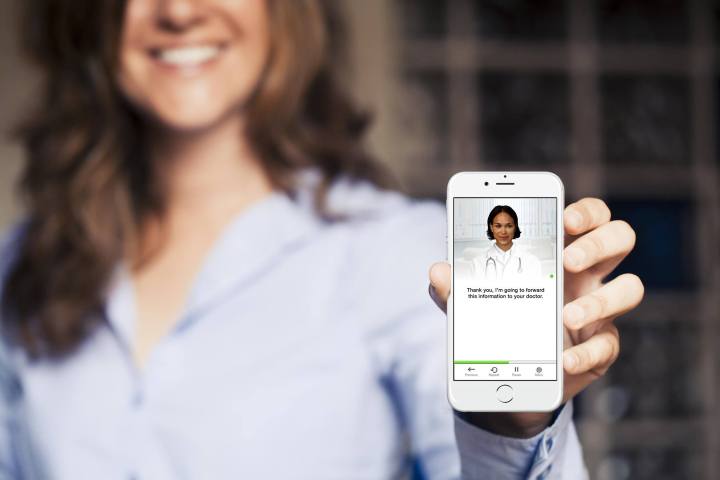
Adam Odessky, who co-founded the app and now serves as its CEO, told TechCrunch that the platform is “a cross between Whatsapp and Siri that captures all the important signals about a person’s health.” Like Siri, Sensely lets you simply talk to it — there is no typing required. This seems particularly useful for older patients, who perhaps don’t have the patience to fiddle with small smartphone or tablet screens to input vital information. Users can let their nurses how they are doing every day (or every few days) by way of five-minute check-ups, and this data is aggregated into a record that can be shared with an authorized healthcare provider.
Sensely can supplement these qualitative reports with data from medical devices, whether they are fitness wearables or hardware provided by a doctor. In order to provide customized healthcare solutions, Sensely responds differently to different diseases. For example, if you have diabetes, Sensely will help you “maintain optimal glucose levels and reduce their risk for diabetes-related complications” by monitoring your daily glucose levels, weight, ocular health, and podiatric health. However, if it’s congestive heart failure you’re concerned about, Sensely will keep closer tabs on blood pressure and diet.
The app is continually looking to provide unique solutions for patients across age groups and TechCrunch reports the app is “always layering in more protocols and content, usually from partner hospitals and clinics, to expand to cover different health issues and populations.”
While Sensely can help monitor your health on a daily basis, its goal isn’t to replace human healthcare professionals. “There aren’t people doing this job already. You couldn’t possibly have humans do this amount of phone calls and data analysis,” Odessky said. “This is a technology to help medical professionals do their jobs more effectively, and not one that threatens their livelihood.”
Download for iOS Download for Android


